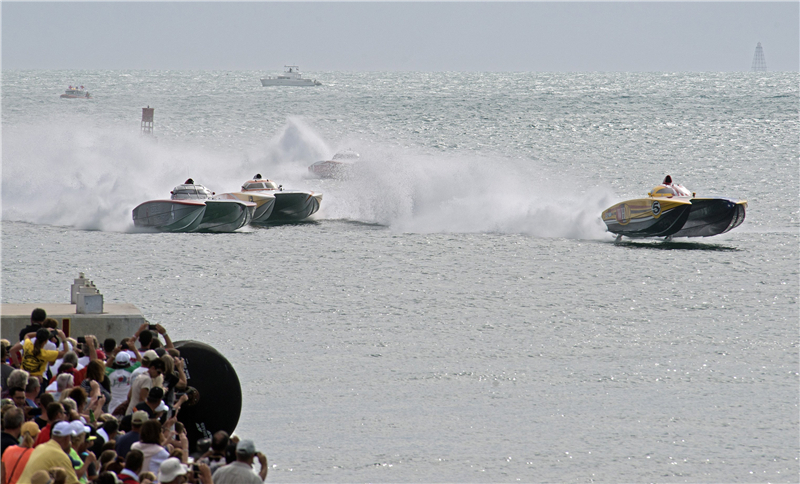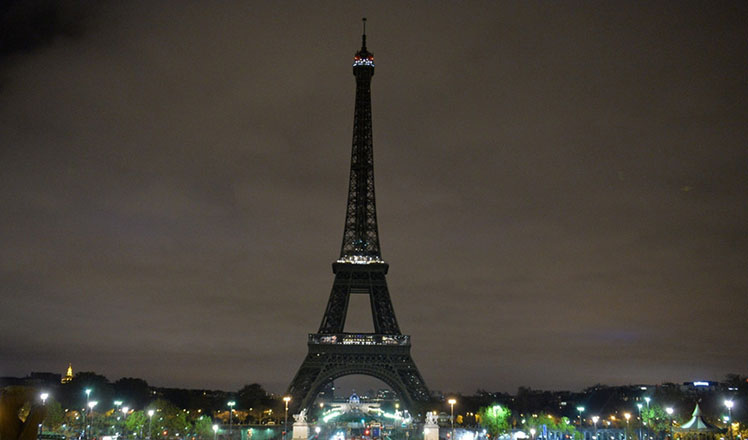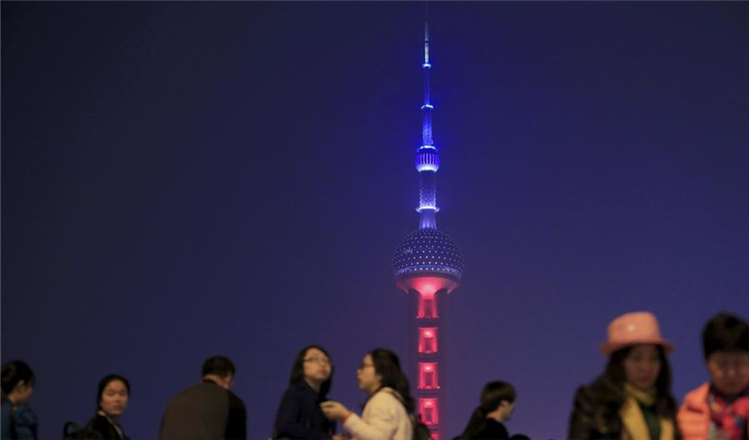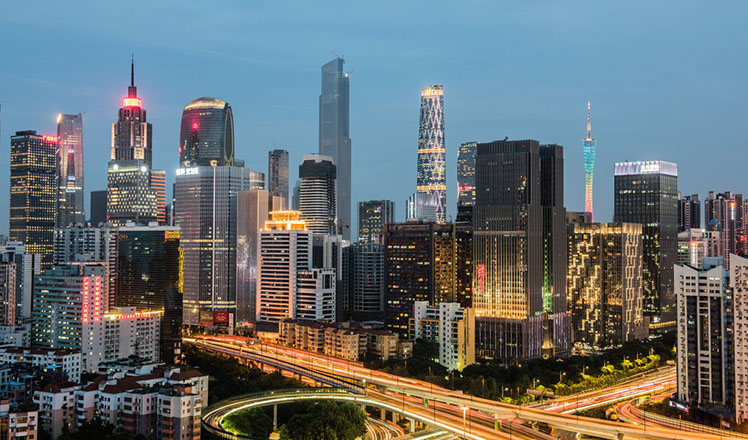Scientists keeping a wary eye on Cotopaxi volcano
Updated: 2015-11-17 07:56
By Agence France-Presse in Cotopaxi, Ecuador(China Daily)
|
||||||||
Since it awoke in August from a 138-year slumber, Ecuador's Cotopaxi volcano has become one of the most-watched in the world, holding wary locals and fascinated scientists in thrall.
Cotopaxi, whose snowy peak rises majestically from the patchwork quilt of central Ecuador's high plains, rumbled to life on August 14, belching a column of ash in its first major eruption since 1877.
President Rafael Correa declared a state of emergency as authorities warned the volcano was one of the most dangerous on Earth because of its big snow cap and the relatively large population nearby.
So far, the fiery explosion of lava and cataclysmic snow-melt the government feared have not materialized. But scientists are keeping a wary eye on Cotopaxi.
A team from Ecuador's Geophysics Institute recently climbed to the last shelter before the crater and installed wind-powered generators to keep their monitoring equipment running in case it gets covered by volcanic ash.
"This is the most monitored volcano in South America. We can't rule out any scenario," said the institute's director, Mario Ruiz.
Touring the ruddy terrain around the volcano's base, where herds of wild horses run amid the meadows and lakes, Ruiz pointed out the deep grooves carved by the 1877 eruption.
"In the 10 kilometers immediately surrounding Cotopaxi there's almost no one and nothing," Ruiz said.
"But there's a possibility the volcano could generate pyroclastic flows - a mix of gas, ashes and rock fragments - that could melt the glacier and form rivers of mud and debris, or lahars, which could affect the surrounding population for dozens of kilometers."
A powerful eruption is unlikely, Ruiz said.
But if it happened, it would have a devastating impact on an area that is home to 325,000 people, an oil pipeline and a key agriculture industry and sits just 45 km south of Quito, the capital.
During the August eruption, authorities evacuated hundreds of people and closed tens of thousands of hectares of the national park that surrounds the 5,897-meter volcano.
Correa also decreed a controversial "prior censorship" measure that barred the media from releasing any unauthorized information on the volcano.
Residents who live near Cotopaxi have become used to living in a state of "yellow alert," the second scale on Ecuador's four-level warning system.
They go about their days as the volcano spits large volumes of ash and gas into the sky.
(China Daily 11/17/2015 page10)
- Attacks in Paris prompt China to boost security
- Courier companies to face punishment for info leaks
- 118-meter-high building in Xi'an demolished
- 88.9% want longer maternity leave for second children
- Six jobs have potential to become best paying over next five years
- Beijing issues yellow alert for heavy smog

 French warplanes strike Islamic State Syria bastion
French warplanes strike Islamic State Syria bastion
 Xi, Putin meet at G20 summit, renewing pledges on cooperation
Xi, Putin meet at G20 summit, renewing pledges on cooperation
 Skimming the surface
Skimming the surface
 Eiffel Tower goes dark as France mourns terrorist attack victims
Eiffel Tower goes dark as France mourns terrorist attack victims
 Victims of terrorist attacks in Paris commemorated worldwide
Victims of terrorist attacks in Paris commemorated worldwide
 Standing shoulder to shoulder with France
Standing shoulder to shoulder with France
 Paris shooting and explosions in photos
Paris shooting and explosions in photos
 Top 10 regions that led the shopping spree on Singles Day
Top 10 regions that led the shopping spree on Singles Day
Most Viewed
Editor's Picks

|

|

|

|

|

|
Today's Top News
Chinese president arrives in Turkey for G20 summit
Islamic State claims responsibility for Paris attacks
Obama, Netanyahu at White House seek to mend US-Israel ties
China, not Canada, is top US trade partner
Tu first Chinese to win Nobel Prize in Medicine
Huntsman says Sino-US relationship needs common goals
Xi pledges $2 billion to help developing countries
Young people from US look forward to Xi's state visit: Survey
US Weekly

|

|





